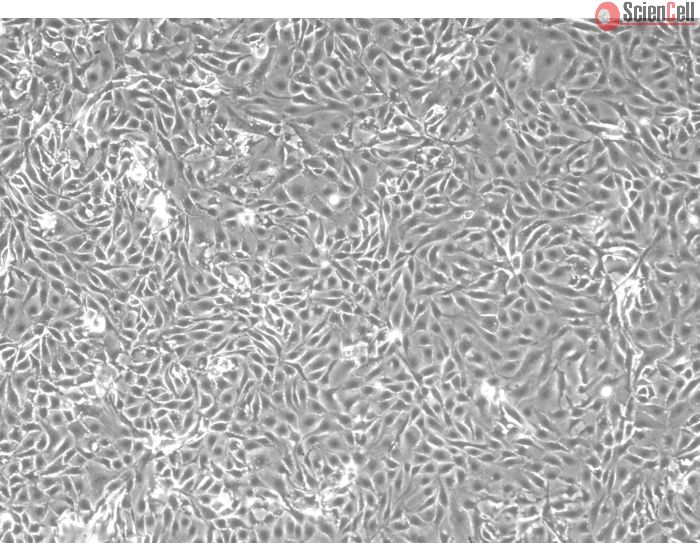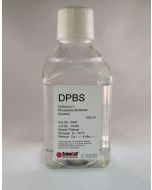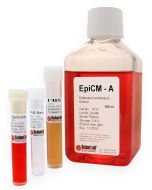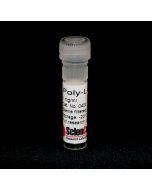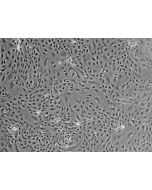Mouse Renal Proximal Tubular Epithelial Cells
Catalog No.
M4100
Isolated from CD-1 mouse kidney, MRPTEpiC are cryopreserved at passage one and delivered frozen. Each vial contains >5 x 105 cells in 1 ml volume.
$464.00
In Stock
